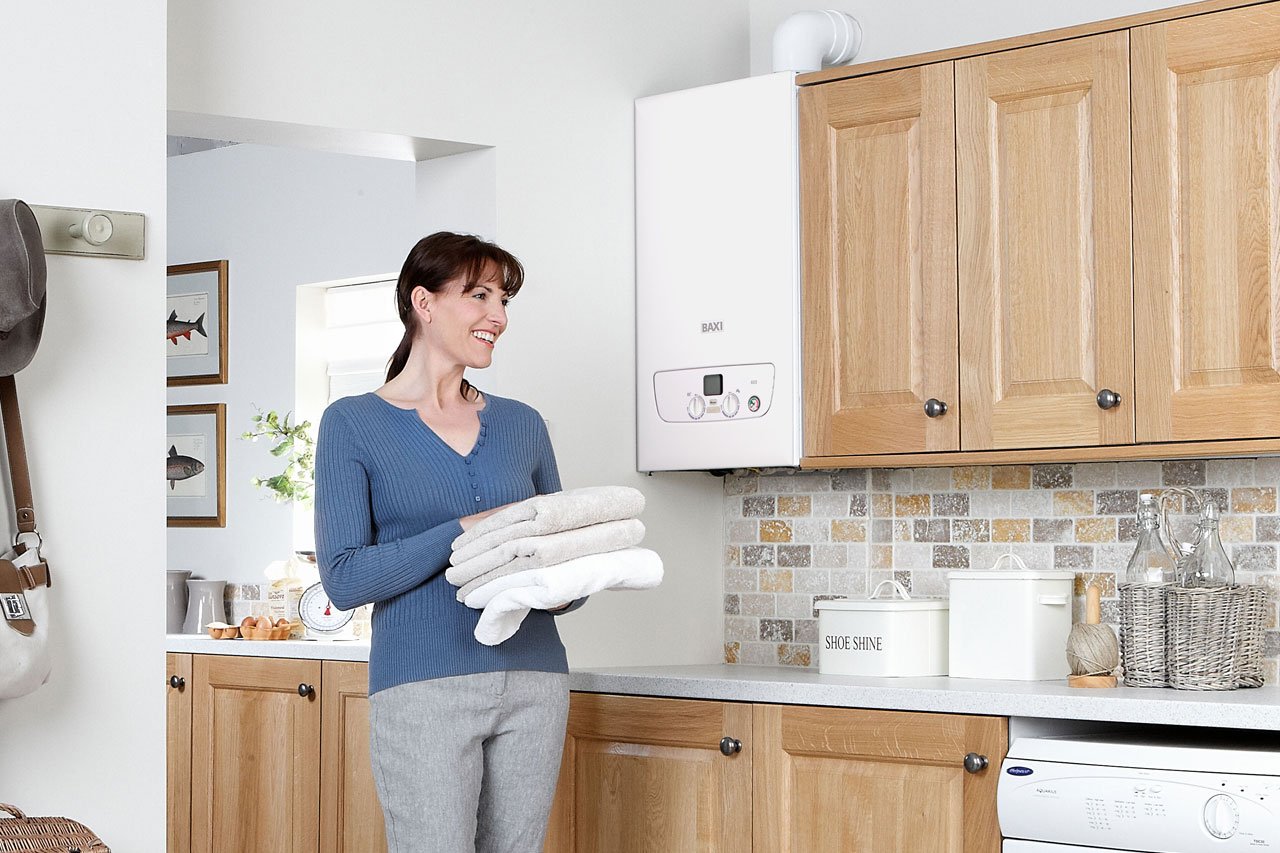
Carbon Monoxide (CO) Advice
Carbon monoxide (CO) is a toxic gas produced by the incomplete combustion of fossil fuels including gas, oil, wood and coal used in boilers, engines, oil burners, gas fires, water heaters, gas ovens, solid fuel appliances and open fires.
It can occur when a gas appliance has been incorrectly fitted, badly repaired or poorly maintained. It can also occur if flues, chimneys or vents are blocked.
It is colourless, odourless and tasteless, so the best way to detect carbon monoxide is to fit a CO alarm.
What are the signs of carbon monoxide poisoning?
The most common symptoms of mild carbon monoxide poisoning are headache, nausea and feeling tired or confused - in fact, very similar symptoms to those of flu.
However, if you find your symptoms improve or go away when you are away from home, and get worse when you return, and if everyone else in the home, including pets, has the same symptoms, you may be experiencing carbon monoxide poisoning and should see your GP immediately.
In severe cases, it can quickly cause collapse and loss of consciousness, long term damage and even death.
What to do if you suspect you have carbon monoxide poisoning?
- Open doors and windows to let in fresh air, turn off gas appliances and leave the house
- See your doctor or go to hospital immediately- tell them you suspect carbon monoxide poisoning, so they can check by doing a blood breath test
- Call the Gas Emergency Helpline on 0800 111 999 if you think there is imminent danger
- Arrange for a Gas Safe registered engineer to check your gas appliances, flues and pipes
CO alarms
For you and your family's safety, it is advisable to fit a carbon monoxide alarm in each room in your home that has a gas appliance.
The Gas Safe Register recommends the use of an audible carbon monoxide alarm rather than one that just changes colour when carbon monoxide is present. It is important that it will alert you straight away or wake you up if you are asleep. The alarm should be marked with British Standard EN 50291, and a British or European approval mark such as the Kitemark.
- Ensure your carbon monoxide alarm has a battery life of five years
- Test your alarm weekly
- Fitting a carbon monoxide alarm is not a substitute for having your appliances regularly serviced
- Smoke alarms do not detect carbon monoxide
- Don't forget to take a portable audible carbon monoxide alarm on holiday with you. Protecting the family when away is often overlooked in the rush to pack the family suitcases
Find a Boiler
Use our simple tool to find the right Baxi boiler for you.
Find an Installer
Simply enter your postcode and find a local, trained, Gas Safe registered (where applicable) engineer to give you a no-obligation quote on a new boiler, cylinder or air source heat pump installation.




